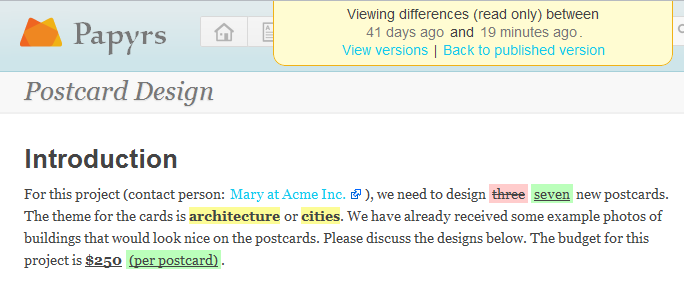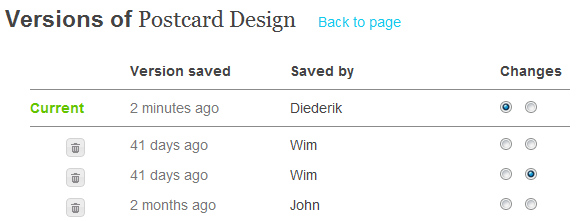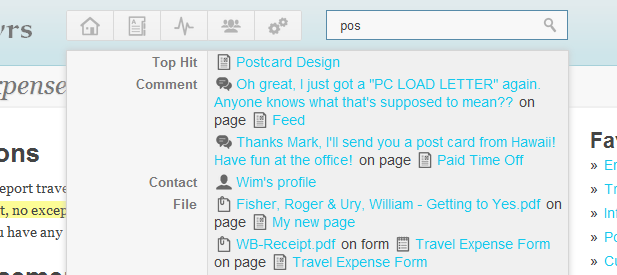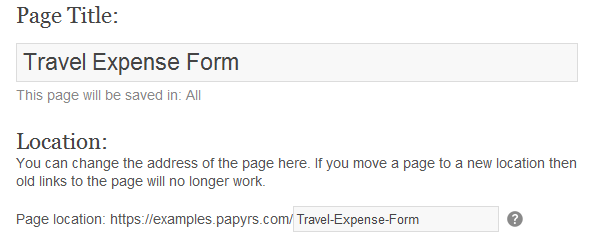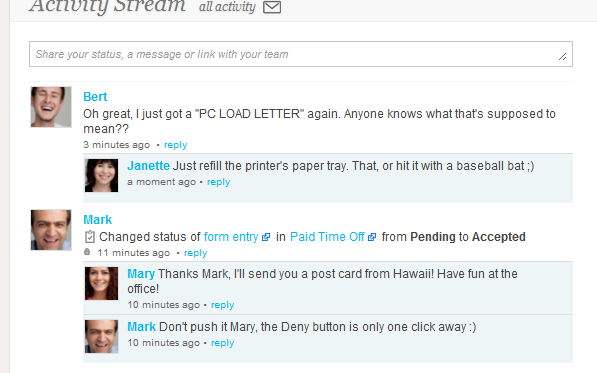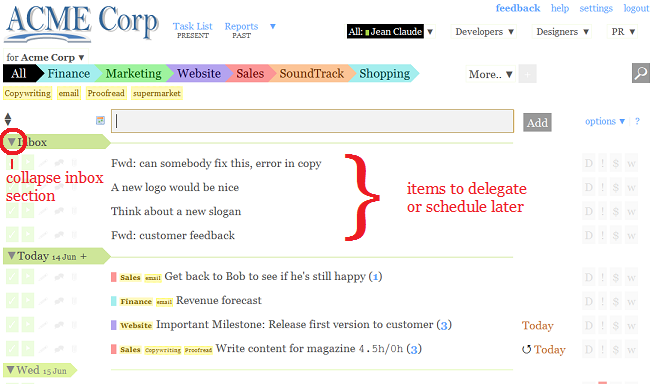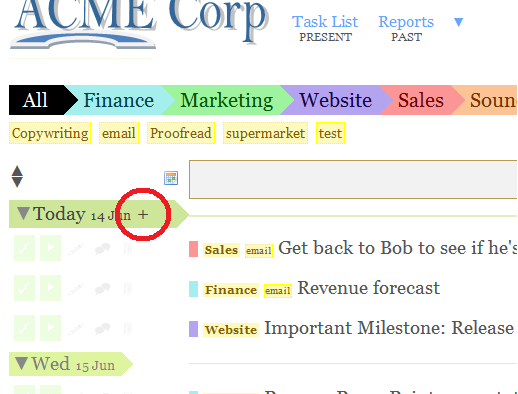Custom Widgets
We added this feature by popular request. Papyrs supports a lot of widgets out of the box but sometimes you want to add something to a page that suits your personal needs completely. This is where Custom Widgets come in. With Custom Widgets you can add pretty much any 3rd party widget to Papyrs. Social media widgets (for example: Facebook, Flickr, LinkedIn), RSS news, polls, maps, and much more. The list is endless!
For most custom widgets, you can simply copy-paste the embed code from the 3rd party’s website into the Custom Widget in Papyrs. If you happen to know how to use some HTML code yourself, you can also use a Custom Widget to customize a Papyrs page even more, and add elements that look exactly the way you want to. Custom widgets can use any HTML or Javascript code, so custom widgets give you complete flexibility. This flexibility does not compromise the security of Papyrs, as we’ve made sure that custom widgets can be safely contained within a page.
So how do you add a custom widget? It’s easy:
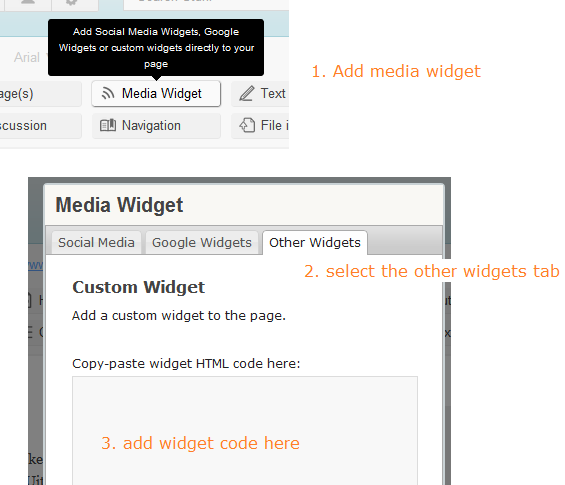
Add a custom widget in 3 easy steps.
Below are some ideas of what you can use Custom Widgets for.
Examples
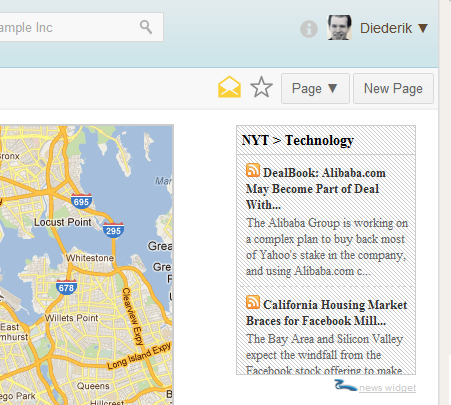
An RSS widget shows the news from the NYTimes (powered by webrss.com)

A poll widget from widgetbox.com

A basic table

Add a LinkedIn profile or company widget to a page
That’s it
We’ve also made a lot of changes behind the scenes and made Papyrs a bit faster. More news next week!
